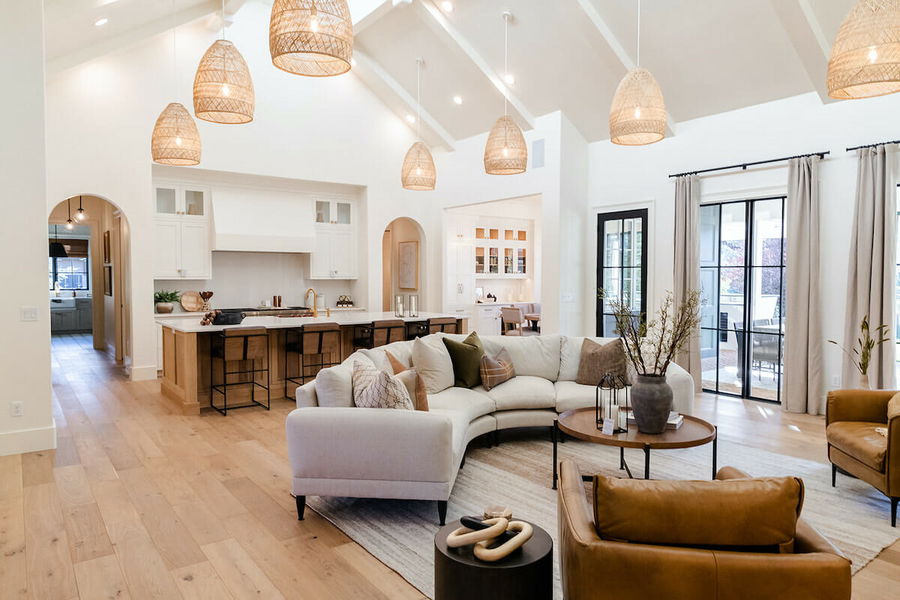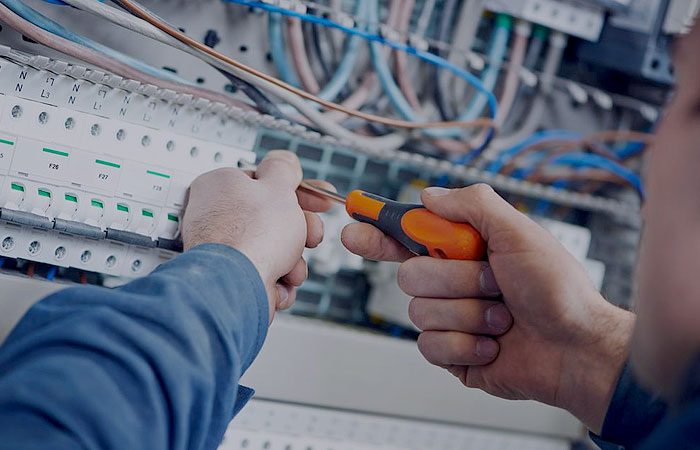Renewable Energy Homes: Cheaper Alternative Energy Sources
There are many options when considering an alternative energy source for your home. Installing solar panels or small wind turbines are some of the more common methods of using renewable energy. These alternative energy systems can be cost-effective, especially in rural areas.
Many people think of alternative energy systems as a complete energy make-over of a home, and are intimidated by the potential cost. However, there are some simple and easy to implement systems and practices that can be incorporated into your home without exorbitant cost.
Solar water heaters are a fantastic and underutilized technology, and while these devices don’t generate electricity, they do reduce the need for electricity or gas for your water heater. Solar Thermal can use the sun’s warmth to heat a home (solar air heating), and to heat water (solar water heating) for washing. Using thermal energy is a dollar-smart and efficient way to make use of the power of the sun.
The orientation itself of your home can contribute to energy savings. When building a new home or renovating an existing one, details such as passive solar design, which includes the home’s orientation and window sizing, can take advantage of the sun’s ability to heat a house in winter, via proper orientation. “Day lighting, takes advantage of allowing the sun to provide much of the home’s lighting needs during the day.” These design elements can contribute to significant energy cost savings.
Solar electric power is a great way to generate your own clean energy. Solar electric system costs have been consistently reduced over the years. There are also design features that can also contribute to a more efficient solar system. One of these features is ensuring your home is properly insulated. This will dramatically increase the efficiency of your solar electric system.
Combining a solar electric system with wind power and in essence creating a renewable energy hybrid system is probably the most effective means of creating a complete energy efficient system for your home. An important consideration, if you are thinking of including wind power as a renewable energy source for your home, is your home’s location. A good wind location should have reliable and consistent wind energy. The combination of solar and wind renewable systems may prove to be the most effective renewable energy home system.
Another renewable energy system worth consideration are heat pumps. Heat pumps move heat from one location to another – from outside to inside a home, for example. All heat pumps have an outdoor unit, called a condenser, and an indoor unit, called an evaporator coil. Refrigerant carries the heat from one area to another. When compressed, it is a high temperature, high-pressure liquid. If it is allowed to expand, it turns into a low temperature, low pressure gas. The gas then absorbs heat. In the winter the normal heat pump system extracts heat from outdoor air and transfers it inside where it is circulated through your home’s ductwork by a fan.
Geothermal heat pumps are similar to ordinary heat pumps, but instead of using heat found in outside air, they rely on the stable, even heat of the earth to provide heating, air conditioning and, in most cases, hot water. Studies show that approximately 70 percent of the energy used in a geothermal heat pump system is renewable energy from the ground. The earth’s constant temperature is what makes geothermal heat pumps one of the most efficient, comfortable, and quiet heating and cooling technologies available today. While they may be more costly to install initially than regular heat pumps, they can produce markedly lower energy bills – 30 percent to 40 percent lower, according to estimates from the U.S. Environmental Protection Agency.As you can see there are a variety of options when considering building or remodeling a home to include renewable energy systems.








